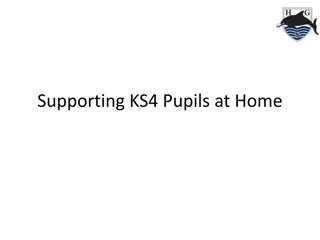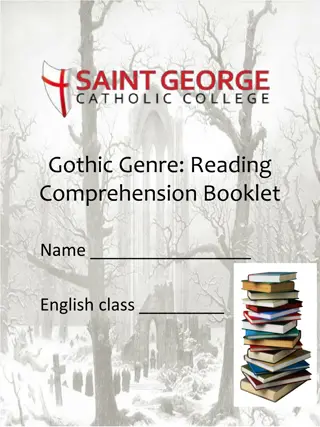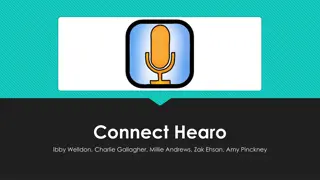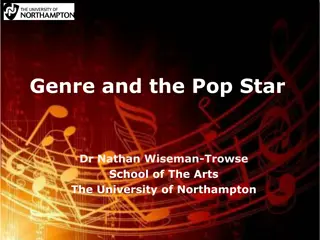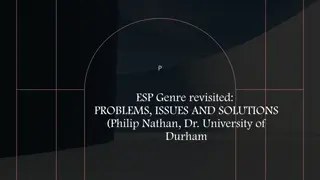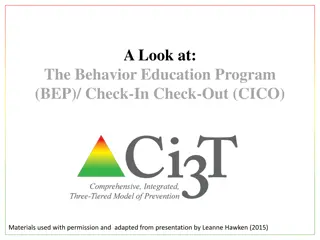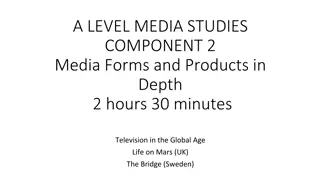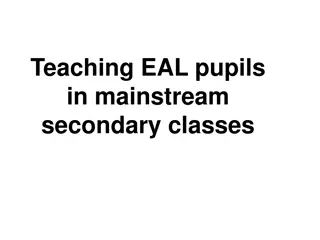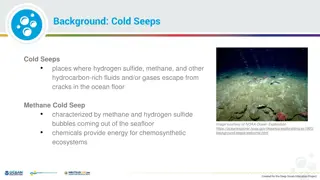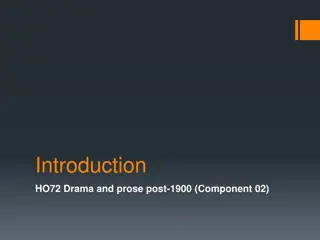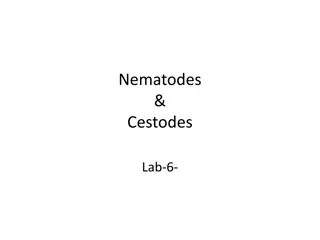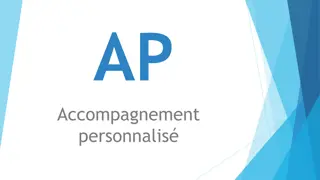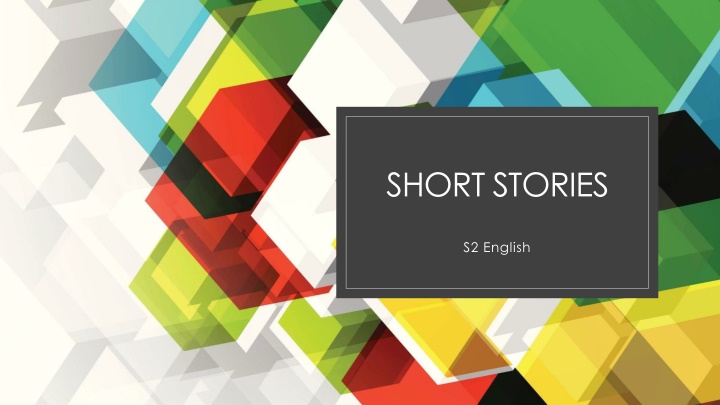
Enhance Your Reading Skills with Short Stories and Literary Elements
Explore the world of short stories and literary elements to develop your reading skills. Learn how to support your opinions, analyze characters, create tension, understand dialogue, and delve into the plot and conflicts within stories. Enhance your enjoyment of reading and language proficiency through engaging activities and discussions.
Download Presentation

Please find below an Image/Link to download the presentation.
The content on the website is provided AS IS for your information and personal use only. It may not be sold, licensed, or shared on other websites without obtaining consent from the author. If you encounter any issues during the download, it is possible that the publisher has removed the file from their server.
You are allowed to download the files provided on this website for personal or commercial use, subject to the condition that they are used lawfully. All files are the property of their respective owners.
The content on the website is provided AS IS for your information and personal use only. It may not be sold, licensed, or shared on other websites without obtaining consent from the author.
E N D
Presentation Transcript
SHORT STORIES S2 English
Remember our LI & SC: TO LEARN HOW TO SUPPORT YOUR OPINIONS WITH REASONS TO DEVELOP YOUR ENJOYMENT OF READING. TO DEVELOP YOUR ABILITY TO USE THE LANGUAGE OF READING.
And remember our SC: YOU WILL SUBMIT YOUR WORK (ON TIME!) IN TEAMS YOU WILL USE THE LANGUAGE OF THE PROSE GENRE IN YOUR ANSWERS. YOU WILL TRY YOUR BEST ON THE LANGUAGE TASK.
LETS REVIEW YOUR CHART! Make sure you have it handy!
Dialogue is When words are spoken in a story. They are marked with speech marks. Jim said they look like this when he described speech marks. Write down enough of this for you to understand.
Tension is A feeling of unease or a little fear. Authors create tension through their descriptive words and how their characters act. Write down enough of this for you to understand.
Characters are The living things in stories. Great characters seem almost real life! They talk, think and react just like human beings (or other living things-characters don t have to be human!) Write down enough of this for you to understand.
Characterisation is Features of people or things that make them different from others. What makes these characters stand out from others? What makes them unique? Write down enough of this for you to understand.
Plot is What happens in the story, from the beginning, to the middle and the end. Authors move the plot along with lots of action, character development and a big ending. Write down enough of this for you to understand.
Conflict is A problem or issue in the story. The conflict can be between two characters (protagonist and antagonist). It can be internal conflict where a character is struggling with a decision, belief or choice. It can be between a character and the world they live in. Write down enough of this for you to understand.
Resolution is Fixing the conflict in the story, almost always at the end of the story. Authors conclude the story by wrapping up all (or most) of the problems that characters faced in the story. Write down enough of this for you to understand.
Narrator is The person telling us the story, not always the writer. The writer can create anyone they like to tell us the story. There is a difference between teller and writer. Write down enough of this for you to understand.
Did you achieve the SC? DID YOU USE THE LANGUAGE OF THE PROSE GENRE IN YOUR ANSWERS? HAVE YOU SUBMITTED YOUR WORK ON TIME IN TEAMS? DID YOU TRY YOUR BEST ON THE LANGUAGE TASK?
NOW, ITS TIME FOR US TO MOVE ON TO THE NOW, IT S TIME FOR US TO MOVE ON TO THE NEXT PART OF OUR SHORT STORY UNIT NEXT PART OF OUR SHORT STORY UNIT- -THE STORY ITSELF! STORY ITSELF! THE You ll need the file from your Microsoft Teams page with the story in it!

